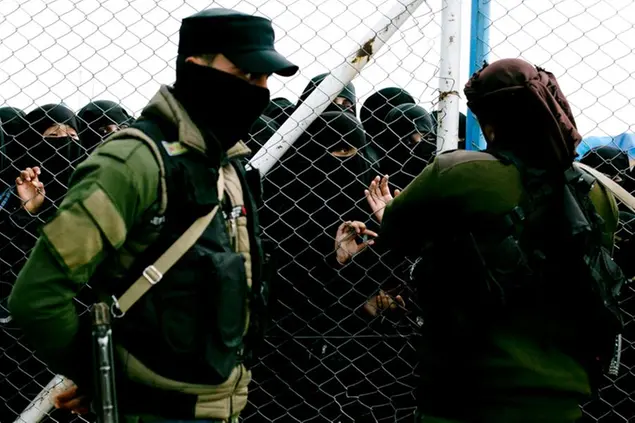- Il 23 marzo 2019 il cosiddetto Stato islamico ha perso la cittadina di Baghuz, ultima roccaforte dell’organizzazione jihadista in Siria e Iraq. Dopo cinque anni, si chiudeva quindi l’esperienza territoriale del “Califfato”.
- L’organizzazione jihadista è stata in grado di attirare decine di migliaia di simpatizzanti da tutto il mondo. Tra i circa 40mila volontari accorsi nel Levante, oltre 5mila sono arrivati dall’Europa, con differenze significative da un paese all’altro.
- Con il collasso del “Califfato” il flusso di europei in uscita verso la Siria e l’Iraq si è sostanzialmente esaurito. Rimane tuttavia il problema del flusso in direzione opposta.
Il Califfato è finito, ma i foreign fighter europei sono ancora nel limbo

23 marzo 2021 • 19:47Aggiornato, 24 marzo 2021 • 14:04